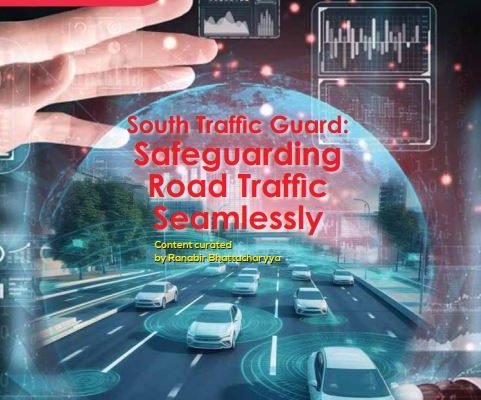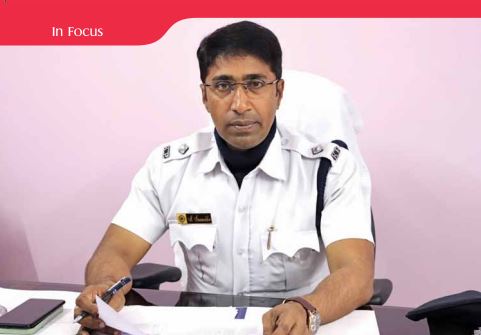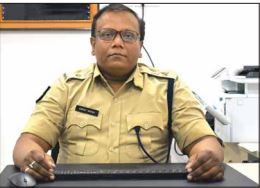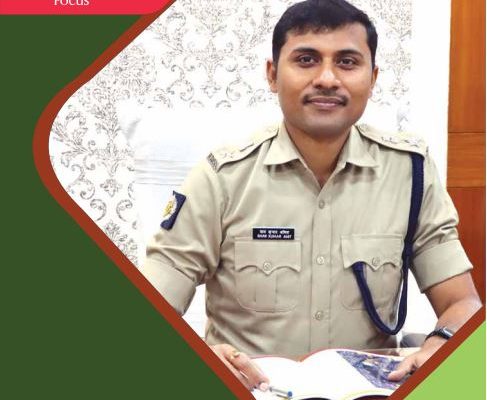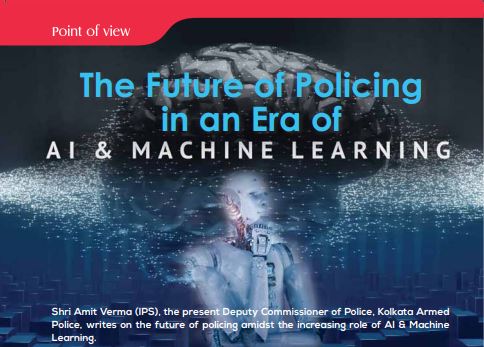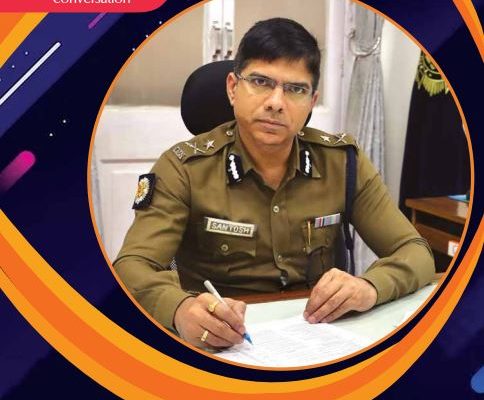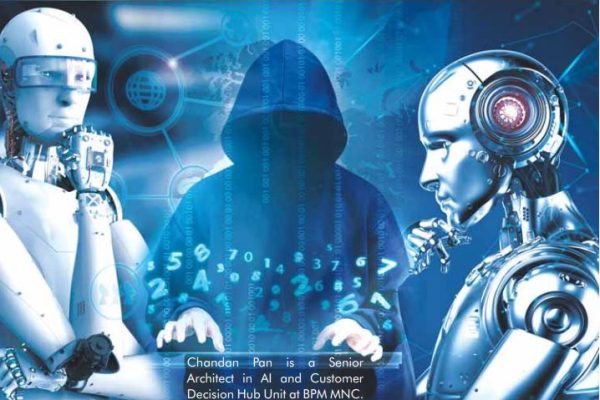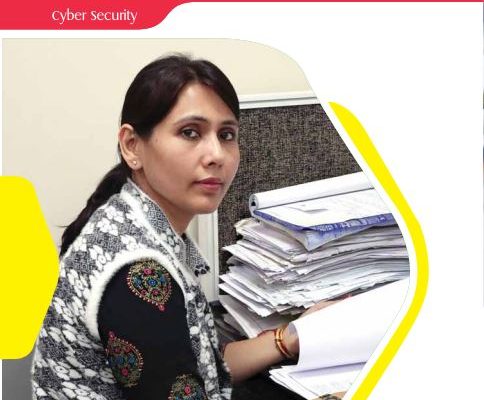
HEROES AMONGST US Inspector Shukla Sinha Ray: The Cyber Cop of India
The Kolkata Police has been receiving recognition for its dedication and commitment to the citizens of the City of Joy. Most recently, Inspector Shukla Sinha Ray of Lalbazar Cyber Police Station was named the joint winner, along with an officer from Telangana, as the country’s top cyber cop.The award was jointly organised by the Data…



